
Long-abandoned Toronto highway offramp looks like a post-apocalyptic movie scene
Toronto's gasoline-fuelled postwar expansion brought about an explosion of highway infrastructure construction that permanently altered the layout and social fabric of the city. Or at least, semi-permanently, as some aging highway infrastructure has been disappearing in recent years.
Perhaps most notably, a former Gardiner Expressway offramp was recently torn down to make way for a city park. But that's not the only lost offramp in Toronto, and there's another one hiding in plain sight in North York.
The Don Valley Parkway (DVP) was constructed in three phases between 1958 and 1966, moving from south to north into the expanding suburbs. Its final section, from Lawrence Avenue to Sheppard Avenue, opened in 1966 and included a partial cloverleaf at York Mills Road with a trio of on/off-ramps.
This York Mills northwest onramp proved problematic over the years with a much higher rate of accidents than the southwest and southeast ramps.
Westbound York Mills traffic using the northwest ramp was forced to merge into the DVP's southbound lanes as they approached the southwest exit ramp, causing bottlenecks and frequent crashes.
The ramp was closed to traffic in 2005, while a new berm was constructed along York Mills and a noise wall added along the DVP, both combining to effectively hide the ramp from motorists.
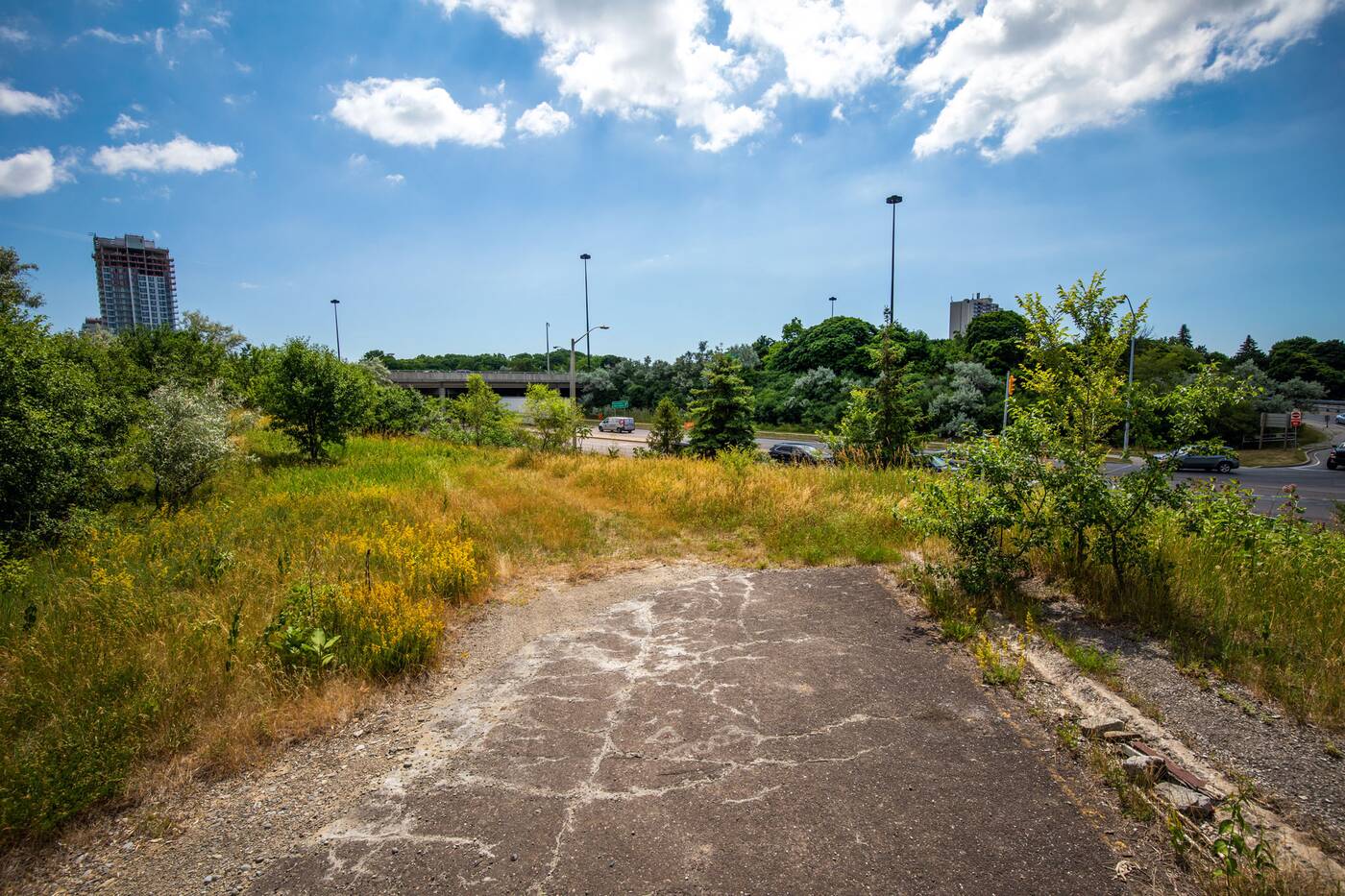
Perhaps the most surprising thing about this visit was the complete lack of barriers or fences beyond the berm.
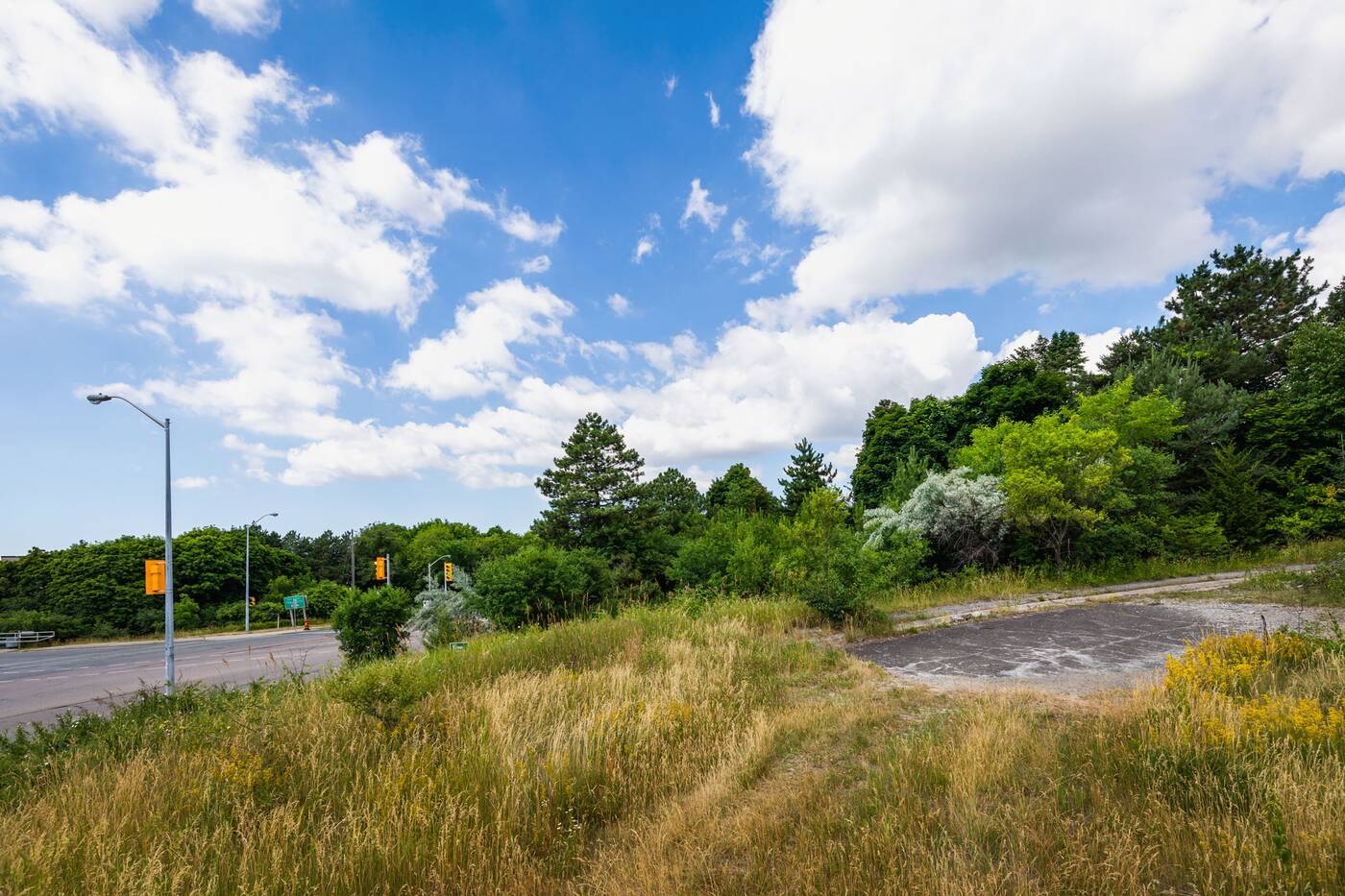
In a city where even public washrooms are inaccessible most of the time, it seemed almost certain that there would be at least some measures dissuading the public from exploring the ramp. But there were no such hurdles. This relic is free to explore for all.
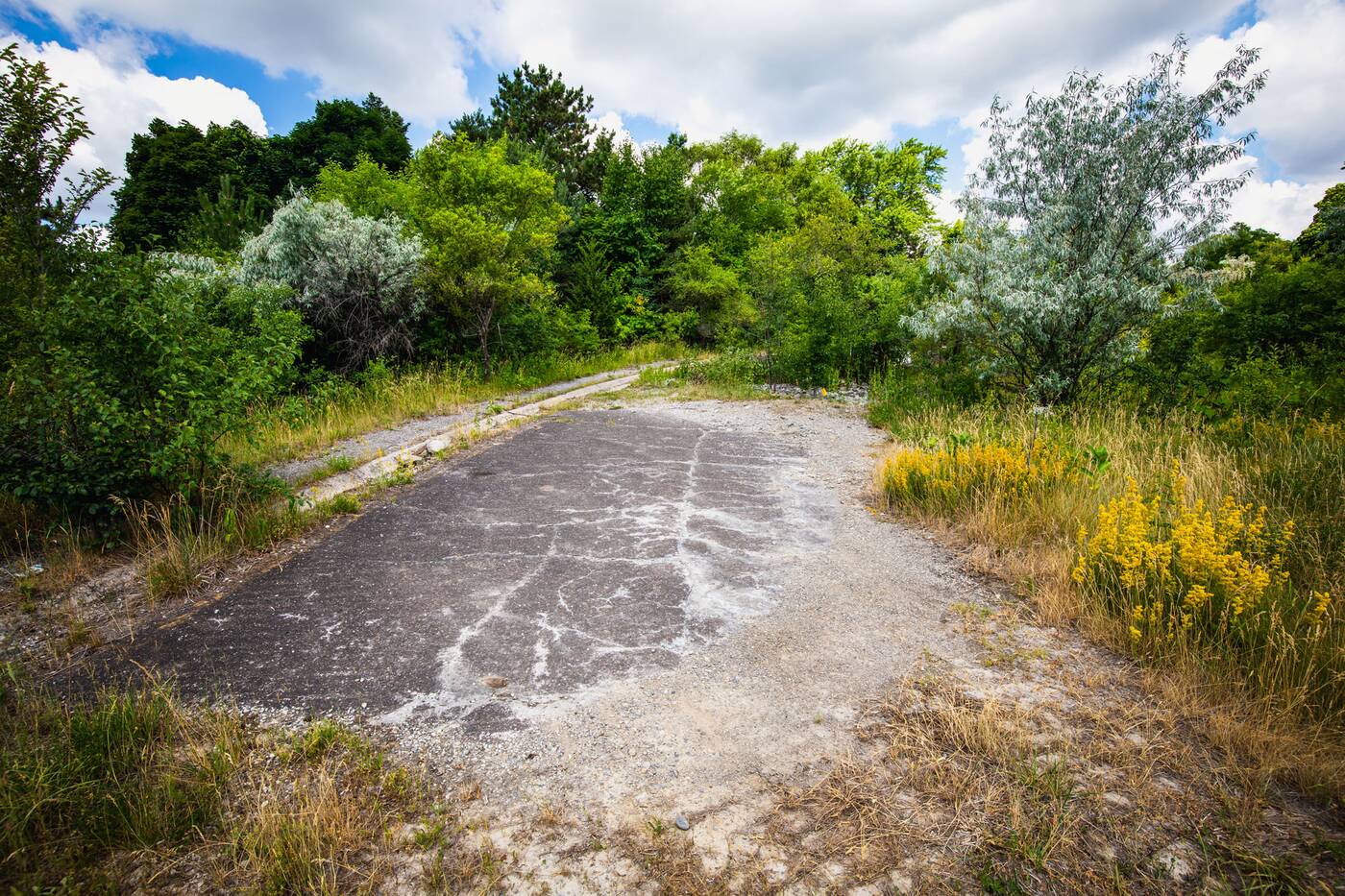
And with the disused infrastructure mostly hidden from sight, it appears it has been mostly left to the elements. Native plant life was added by the city following the ramp's closure, and nature is gradually reclaiming the former offramp.
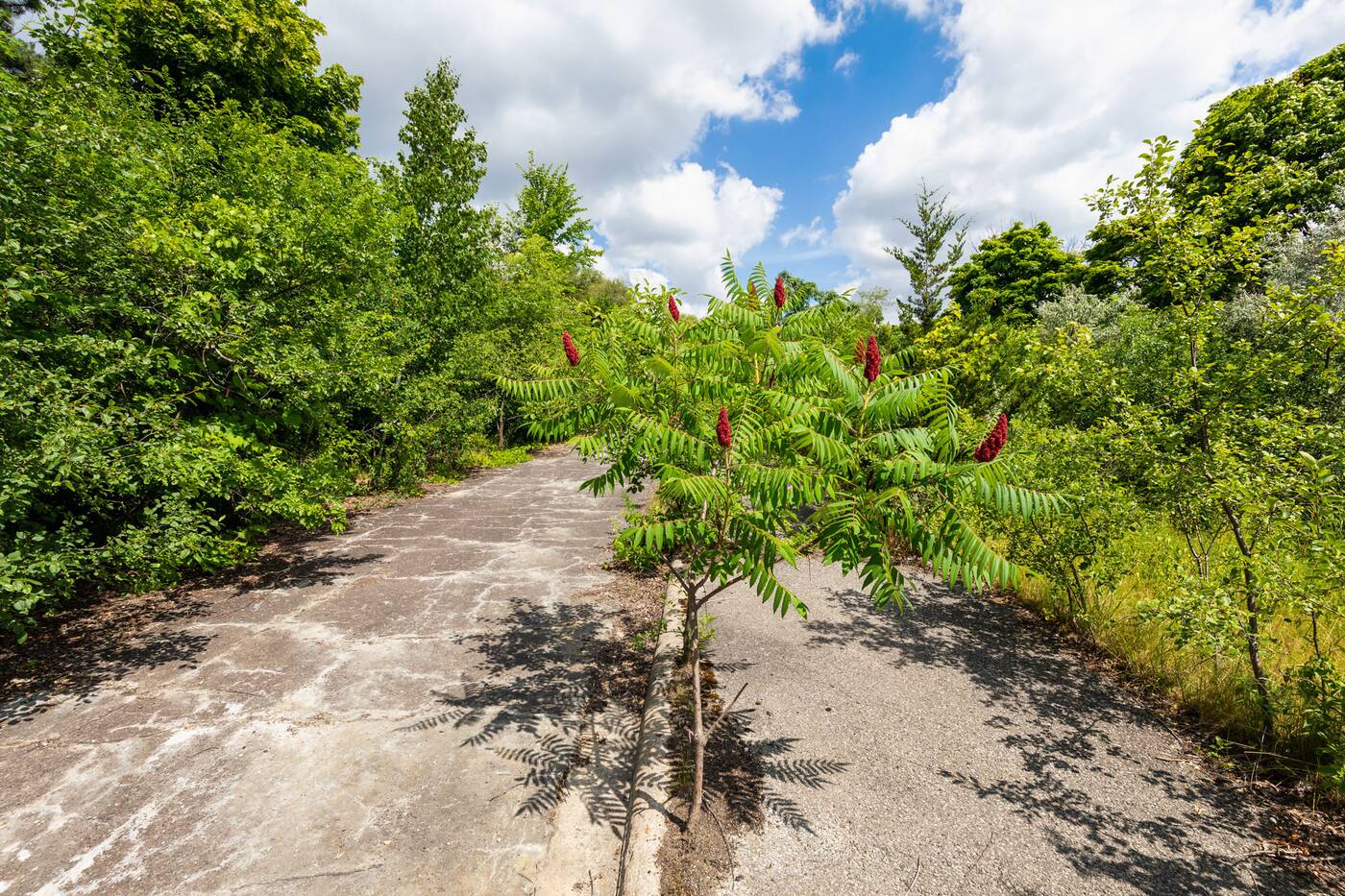
Plant growth is poking through the cracked and broken asphalt road surface, and even trees are taking root within the ramp's long-forgotten curb.

Old satellite images reveal that a loop of trees was the only plant life present within the ramp during its final years of operation, but after only 17 years of neglect, the space within the former ramp's loop has transformed itself into a lush oasis that feels far removed from the busy highway running mere metres away.
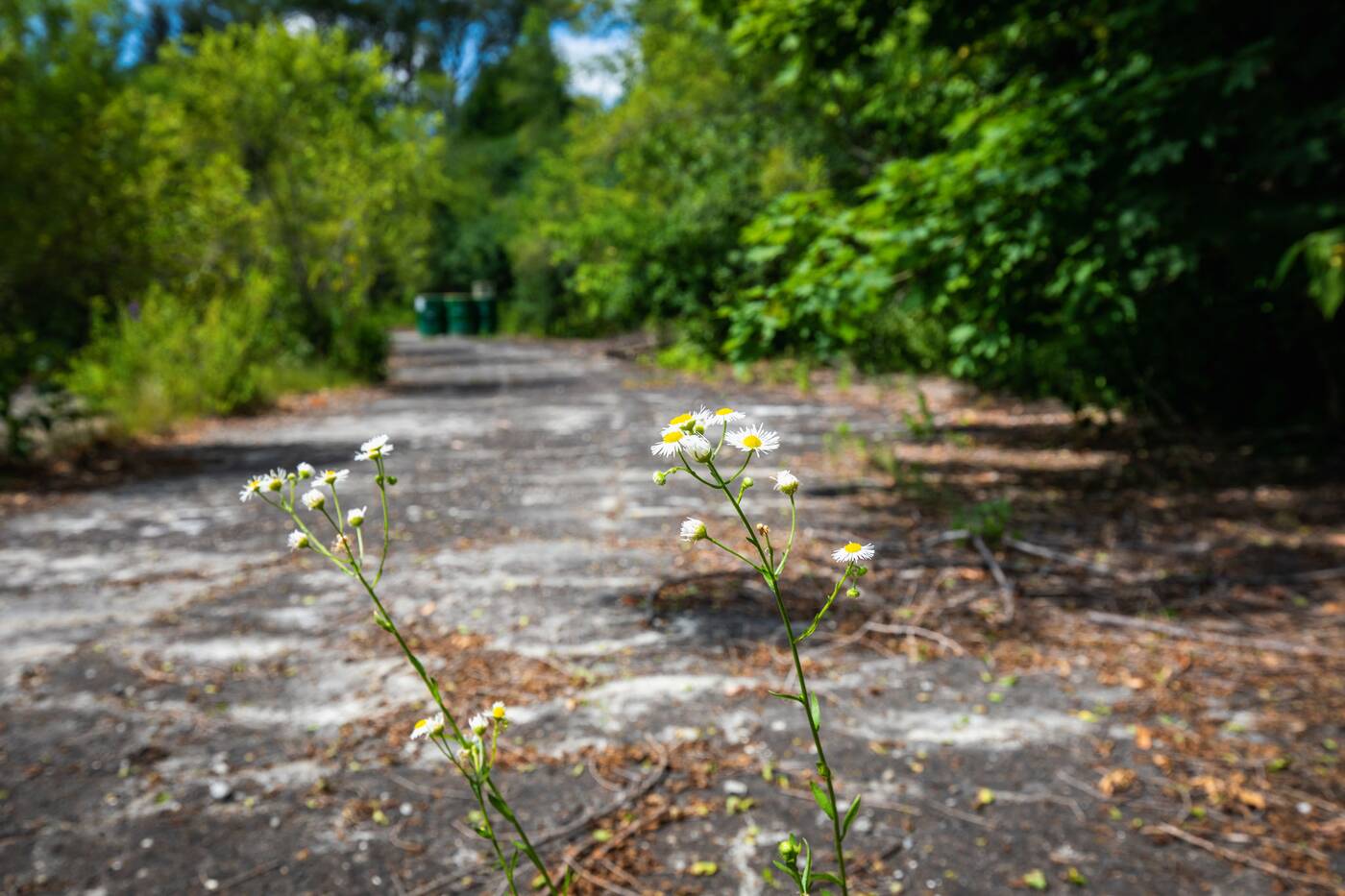
Its relative isolation appears to have given the former ramp a new purpose as a dumping ground, with trash and other discarded items clustered along its route.
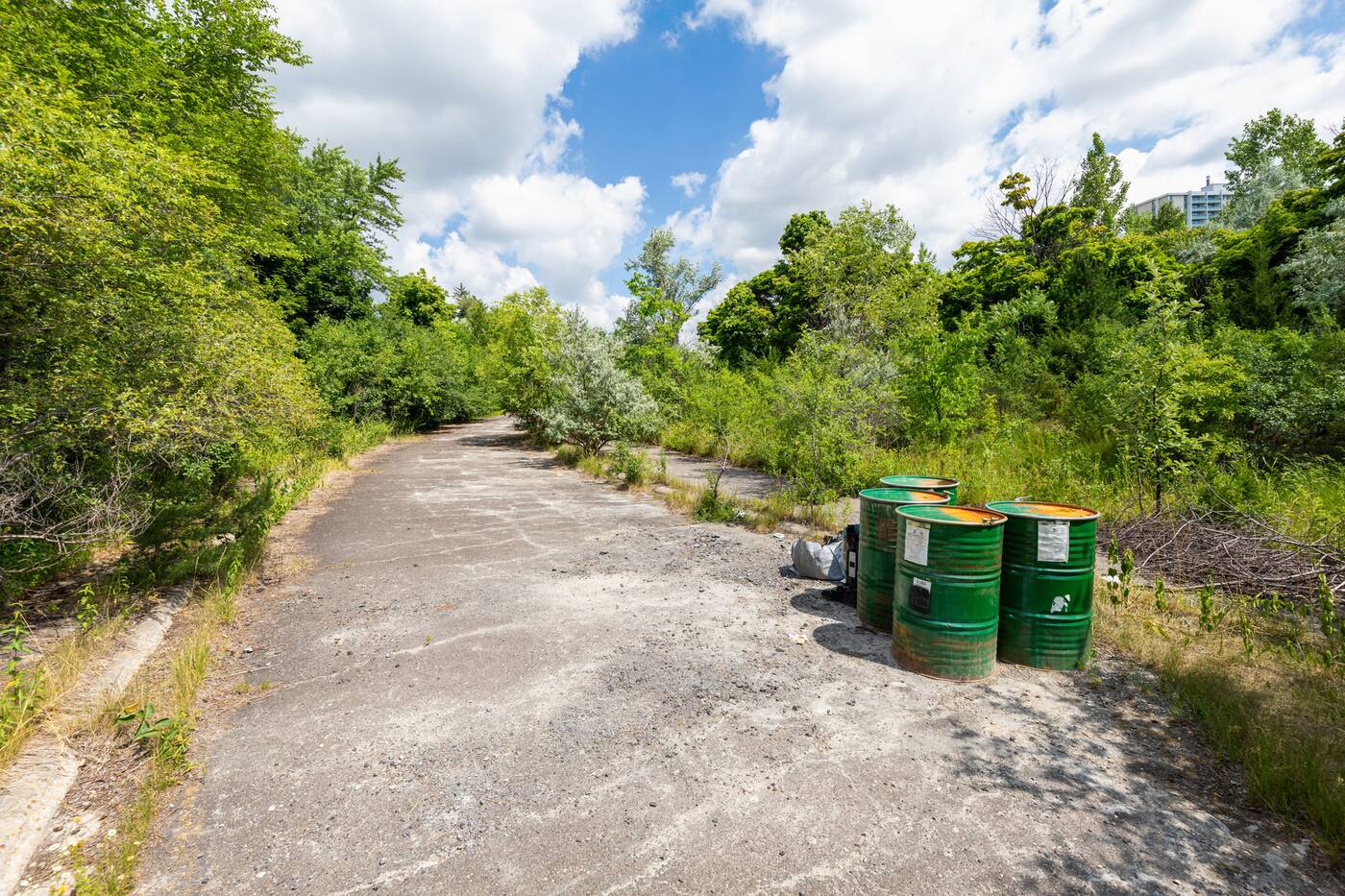 For whatever reason, several waste drums have been placed along the ramp.
For whatever reason, several waste drums have been placed along the ramp.
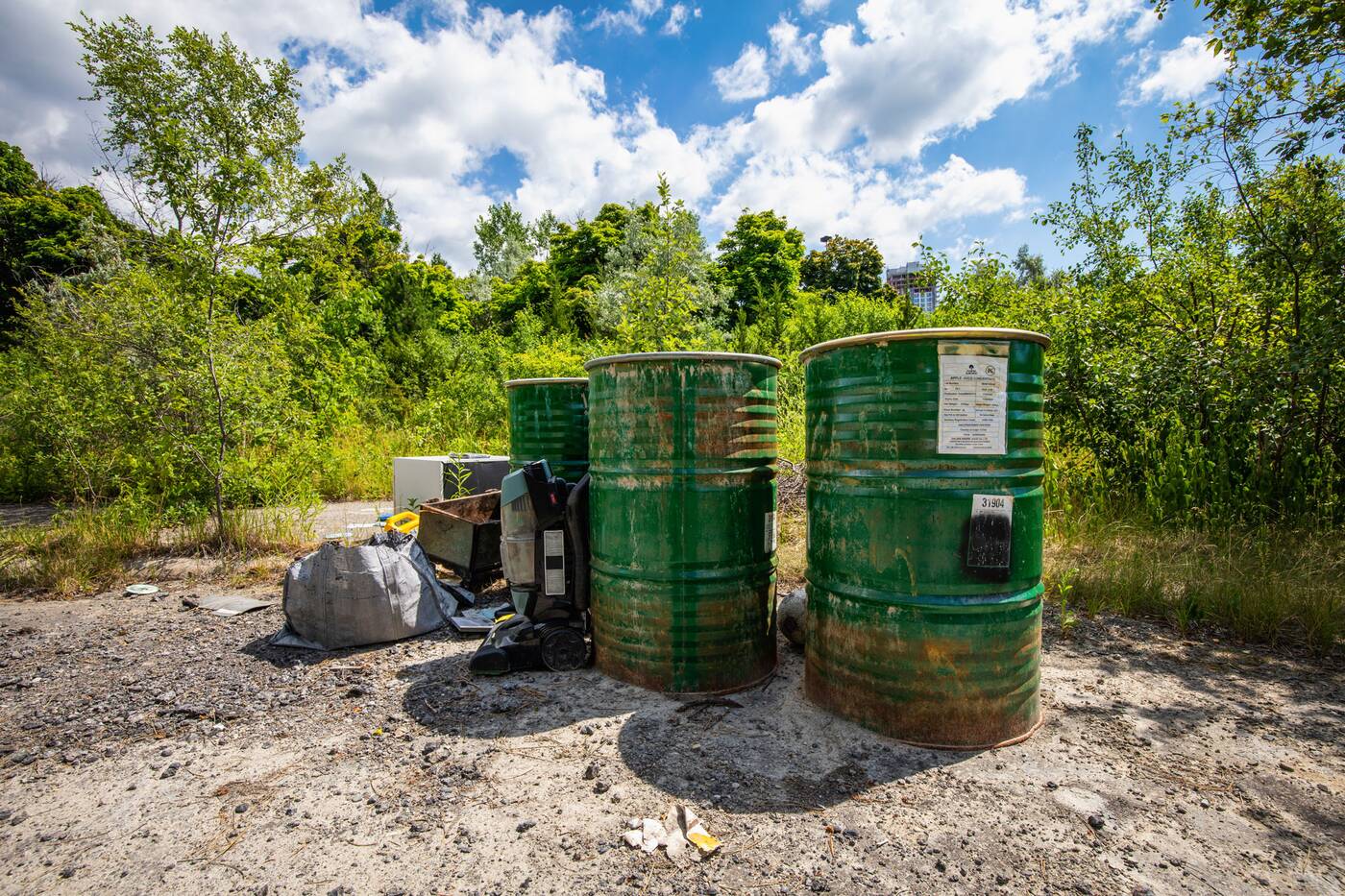
It sure looks like something hazardous at first glance, but they're actually labelled "apple juice concentrate" and seemingly filled with sand and gravel.
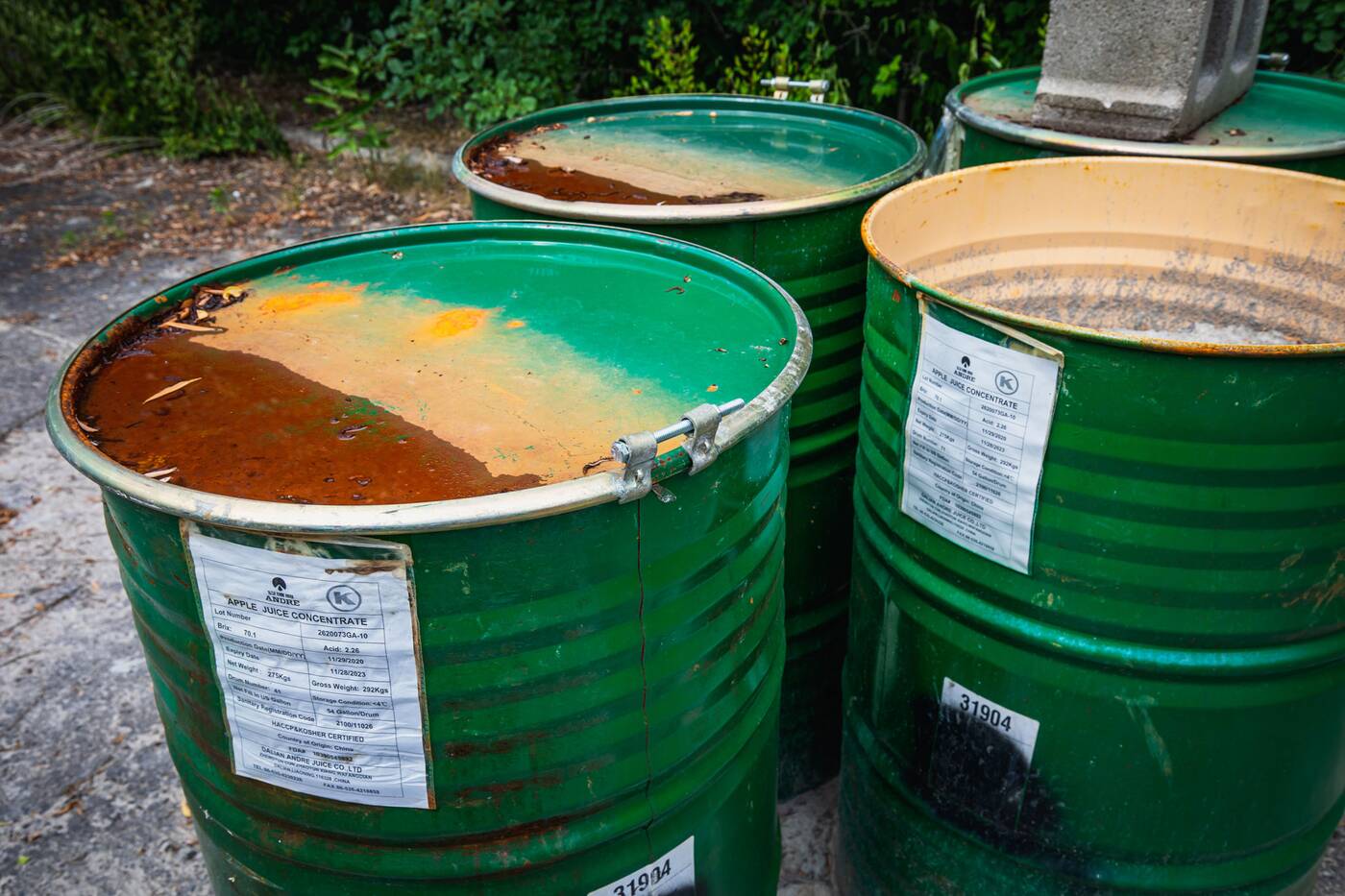
Walking along the abandoned road surface, you'll encounter street signs like hydrant markers, largely obscured by the dense brush.
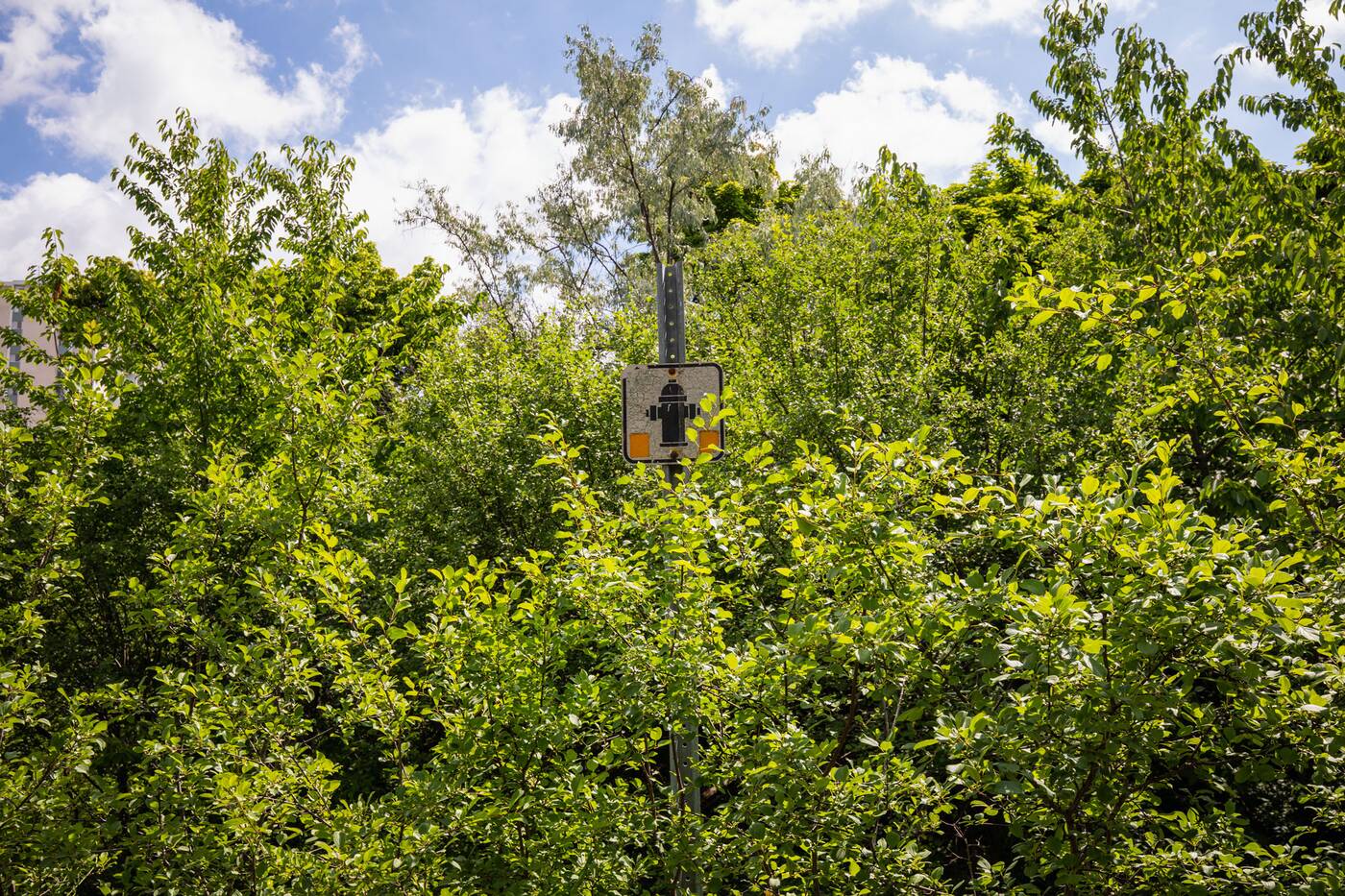 You can also spot the odd reflective yellow warning posts, which have not warned motorists of the ramp's curving path since '05.
You can also spot the odd reflective yellow warning posts, which have not warned motorists of the ramp's curving path since '05.
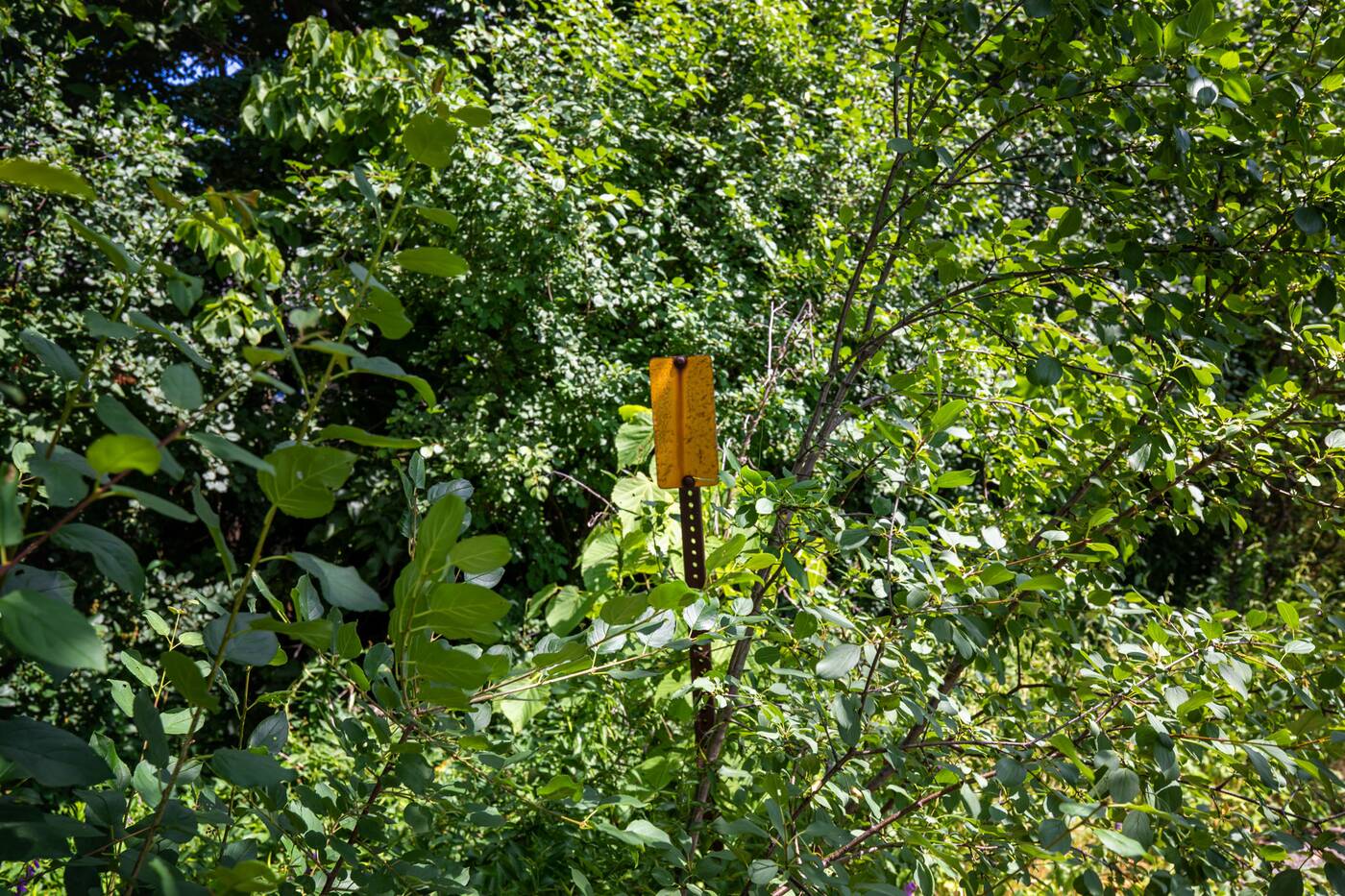
Faint stretches of yellow paint are still visible on the shoulder where cars once zipped by, along with broken-off paint flakes scattered around.
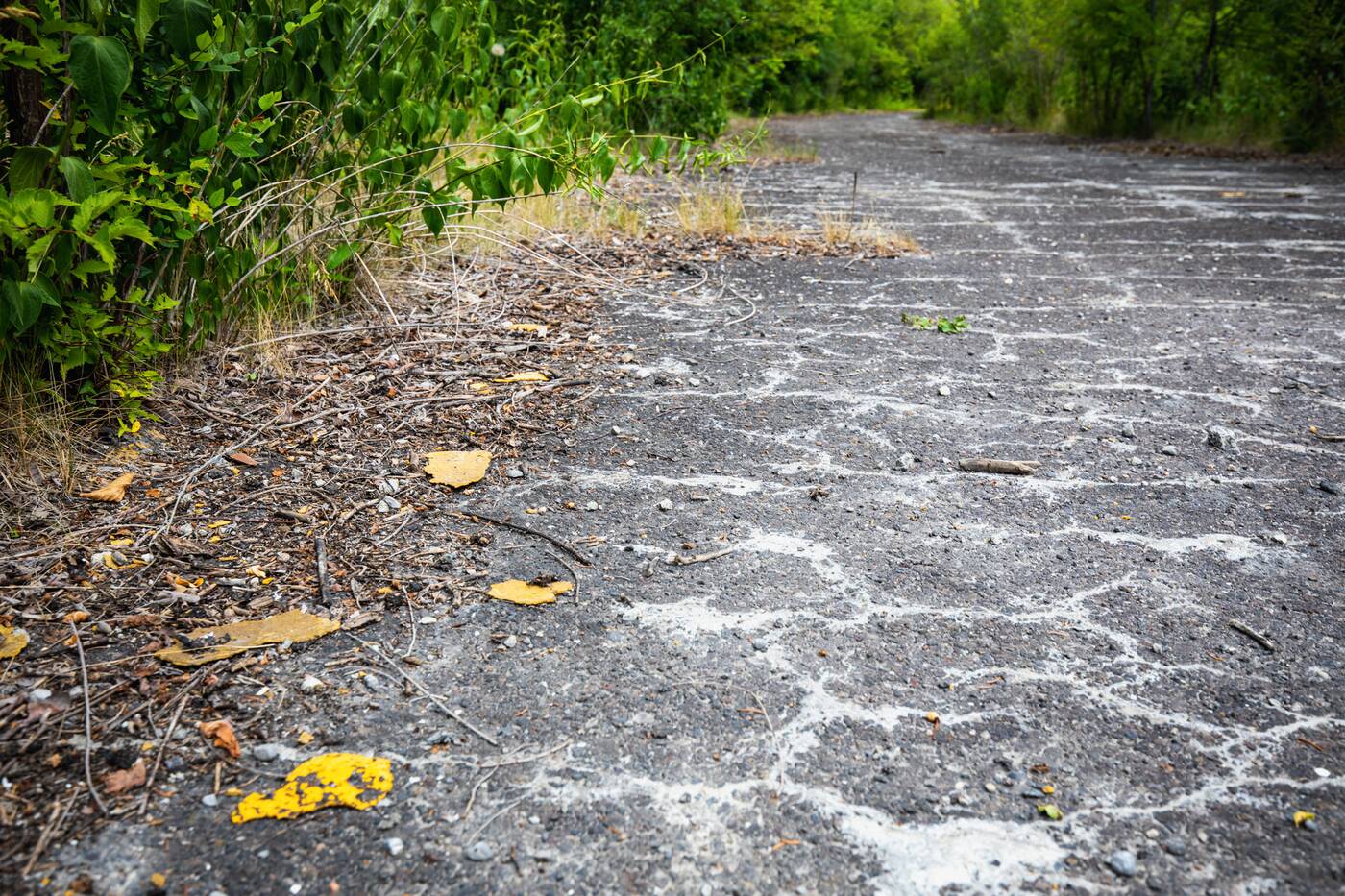
Not everything here has been left to nature, as a small stretch of the ramp has been torn up for apparent work on a gas line, the buried line marked with yellow flags and covered in rocks.
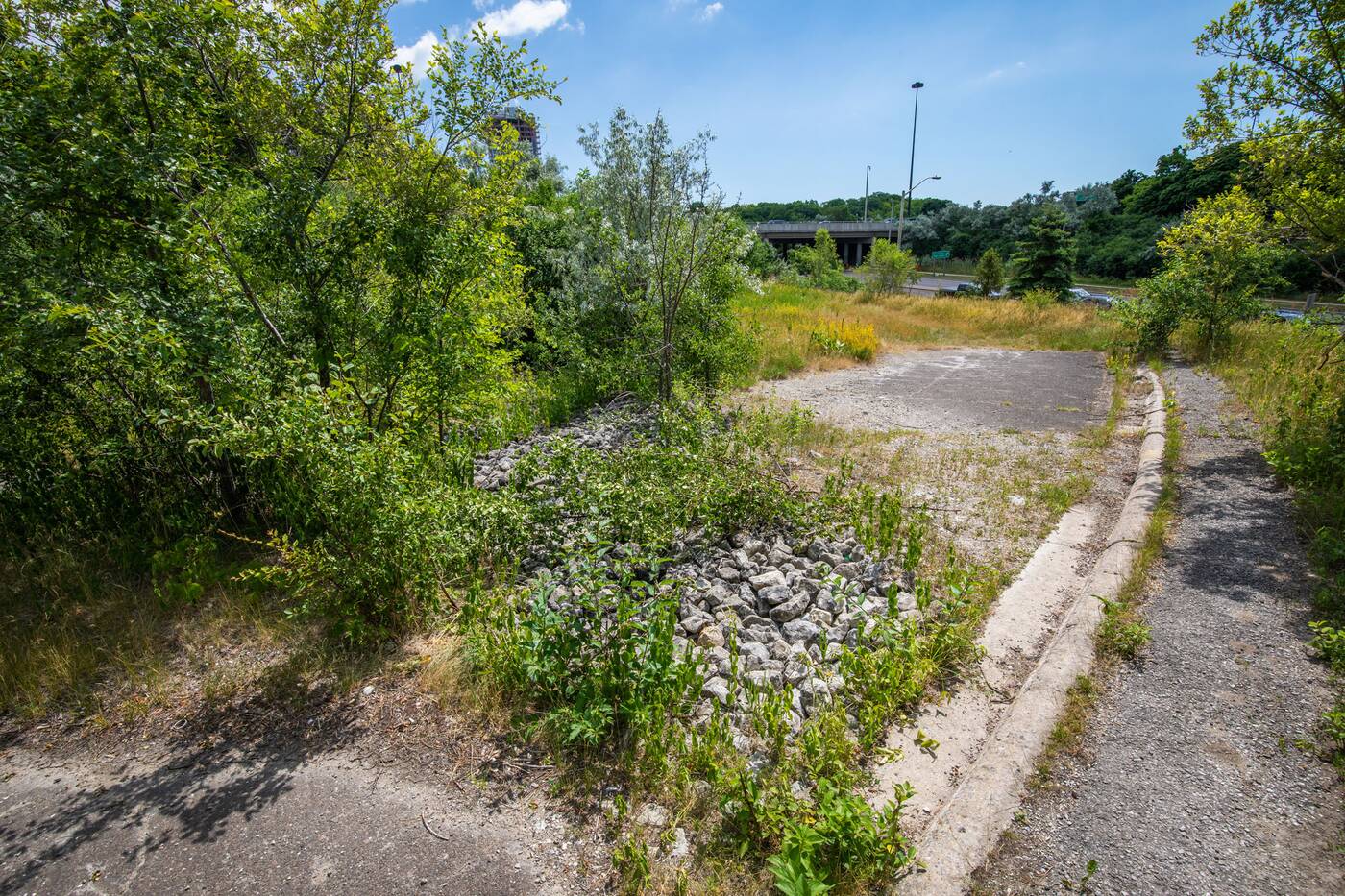
A noise barrier now intersects the path of the old ramp where it connected to the DVP all those years ago, cutting off its final few metres of cracked and broken roadway linking to the highway.
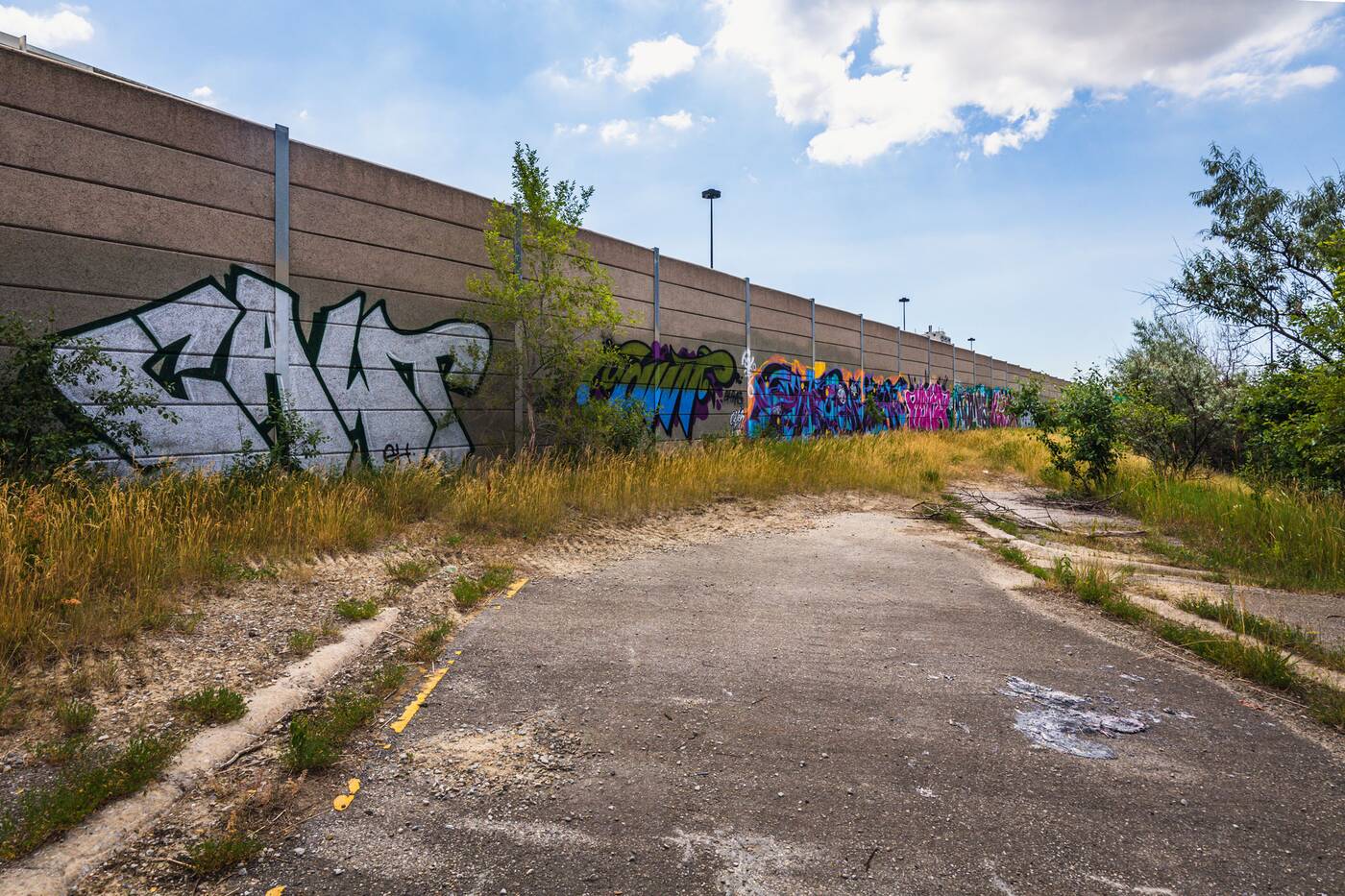
Walking the route today is a serene experience, if not just a tad unsettling.
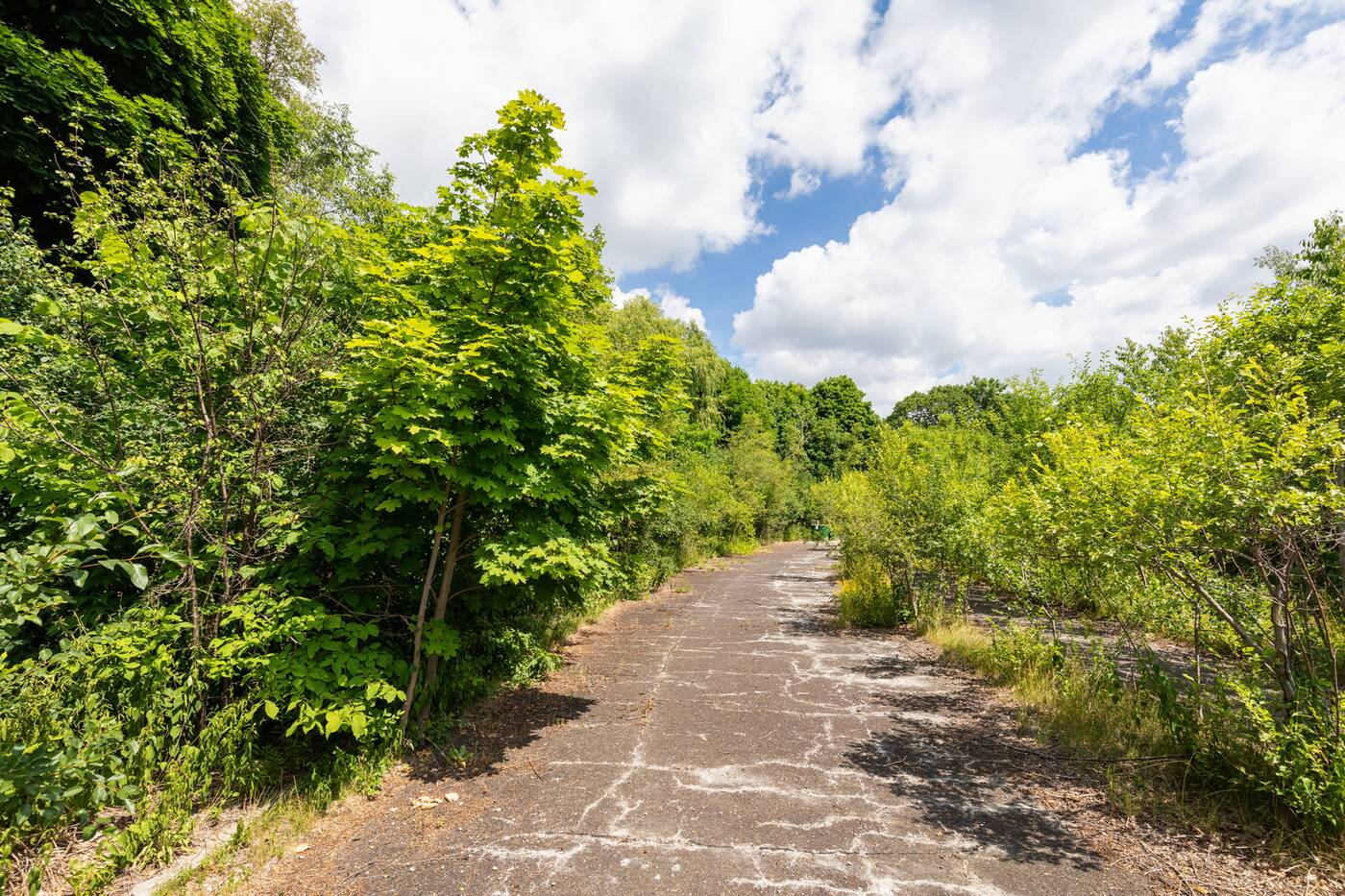
The whooshing of DVP traffic fades in and out as you walk through the now densely-wooded ramp, cars whipping by at highway speeds behind a muffling noise barrier adding to the sense of isolation visitors to the ramp may feel.
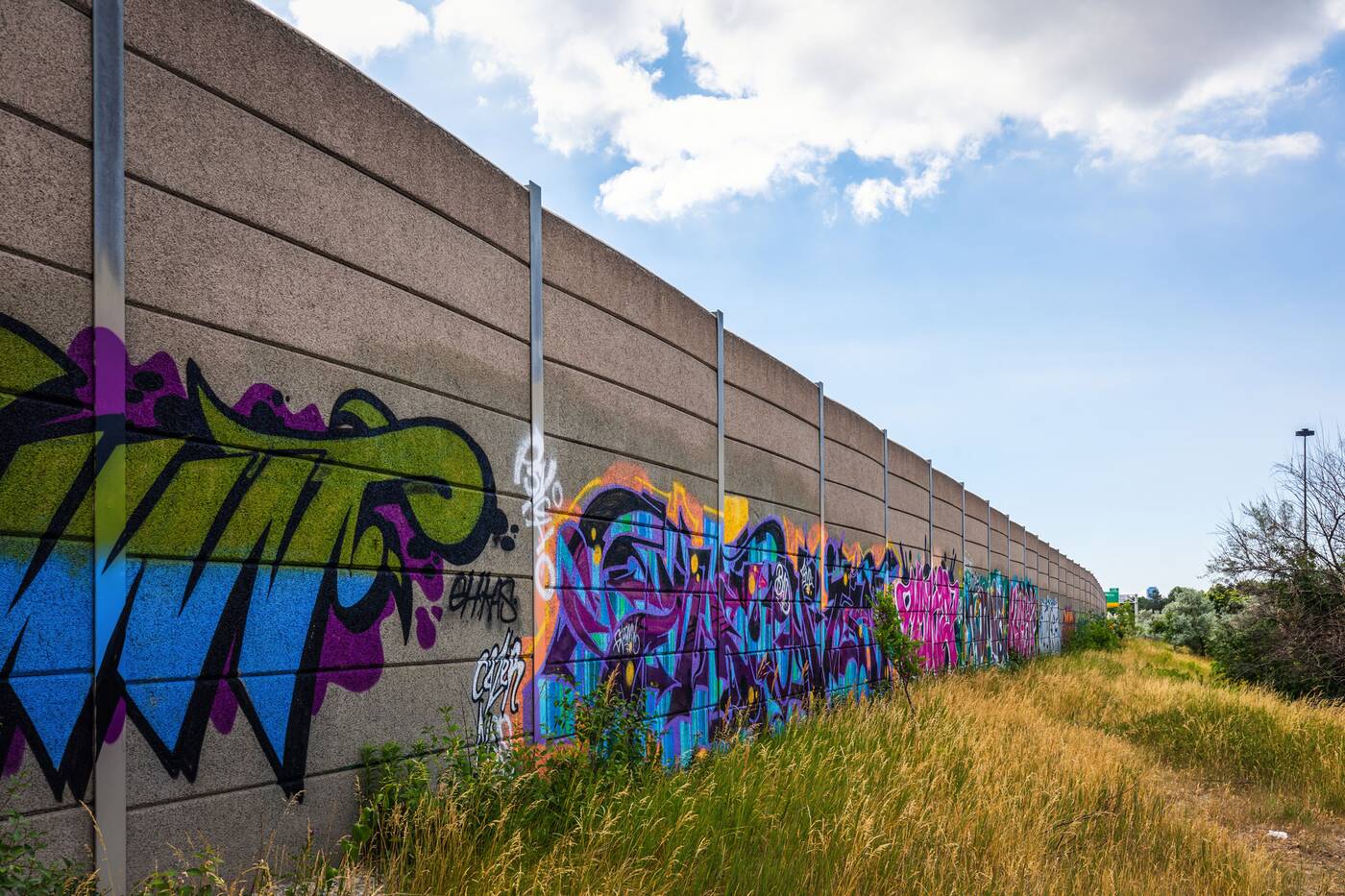
It can seem a little bit surreal to feel the sturdy if not a little worse-for-wear infrastructure below your feet while surrounded by signs of nature's unrelenting perseverance.
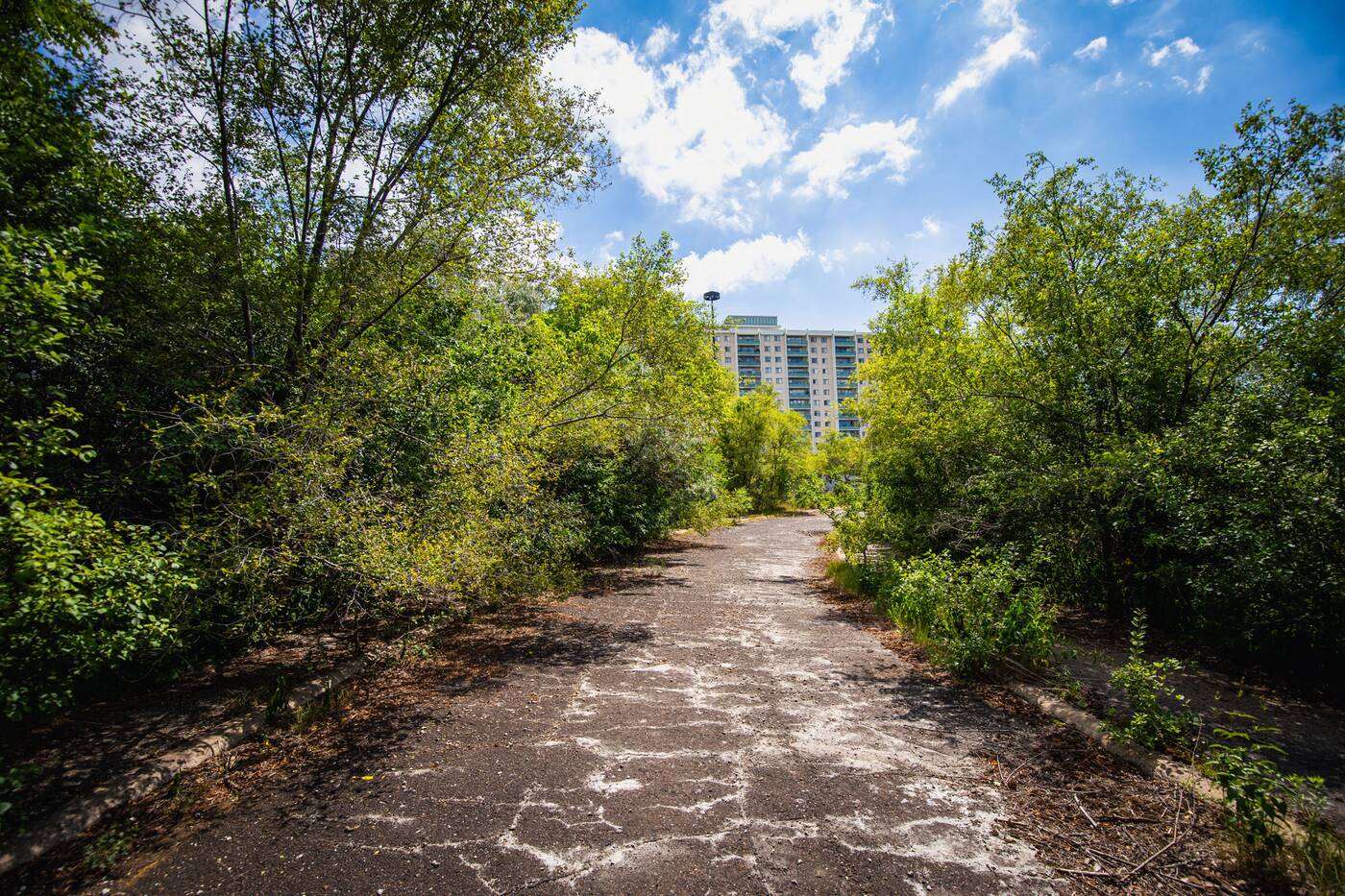
The ramp is no longer of use to traffic, but it stands as a reminder of how quickly human-built objects are reclaimed once left to the elements.
Jack Landau
Latest Videos
Latest Videos
Join the conversation Load comments







